Our latest news

Constitui um marco importante, não só para o consórcio WeLEA – Europe`s consortium of highly specialized companies mas também para a FHP, abrindo-lhe portas para outras atividades que convergiram num contrato de fornecimento de uma antena deployable no âmbito da missão Copernicus CIMR. Com 5 metros de diâmetro, a LEA - Large European Antenna tem na sua estrutura tubos em compósito (e proteção térmica) produzidos pela FHP para suportar todas as cargas incorridas durante o lançamento da antena (rigidez), assim como garantir a estabilidade necessária ao bom desempenho da antena durante o seu período de utilização ao redor da Terra. O projeto LEA arrancou em 2017 e foi concluído com a realização de vários testes em terra para comprovar que a antena está apta para ser usada no Espaço. Trata-se do primeiro hardware do género na Europa e a missão sucessora, CIMR, vai voar já em 2025.
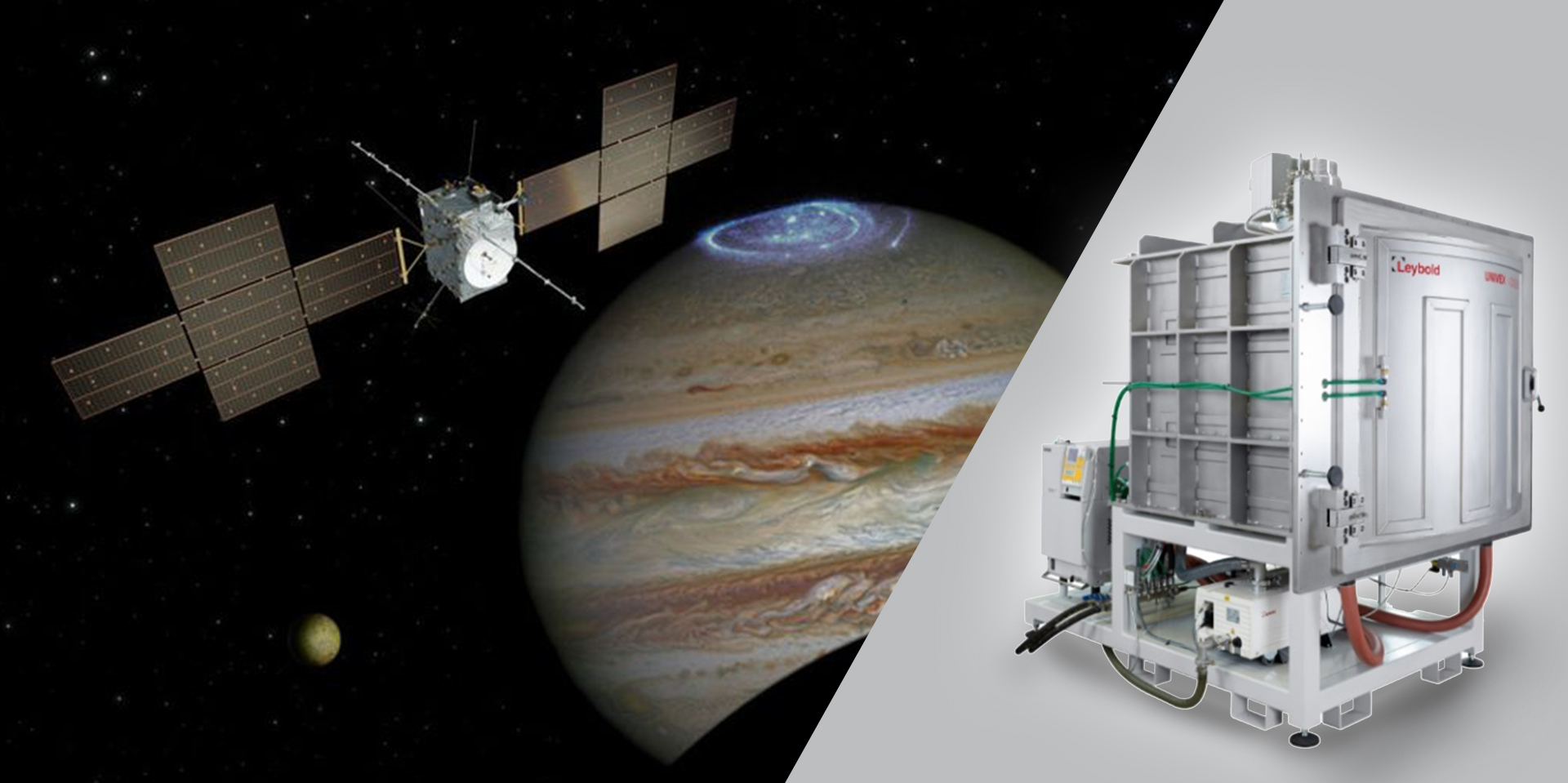
O bake-out de 72 horas ao Radiation-hard Electron Monitor (RADEM) visa proteger os instrumentos sensíveis a bordo do satélite que integra a missão da ESA – Agência Espacial Europeia a Jupiter (JUICE). Esta operação foi realizada na câmara de bake-out que a FHP – Frezite High Performance tem instalada na sua sede do Porto. As moléculas são potenciais ameaças de contaminação em caso de condensação em superfícies sensíveis. O RADEM está agora pronto a ser usado e, brevemente, será integrado no lançamento do satélite JUICE no próximo ano. Com chegada a Júpiter prevista para 2029, o JUICE passará pelo menos 3 anos a observar em detalhe o planeta Júpiter e as suas três maiores luas, Ganímedes, Calisto e Europa.
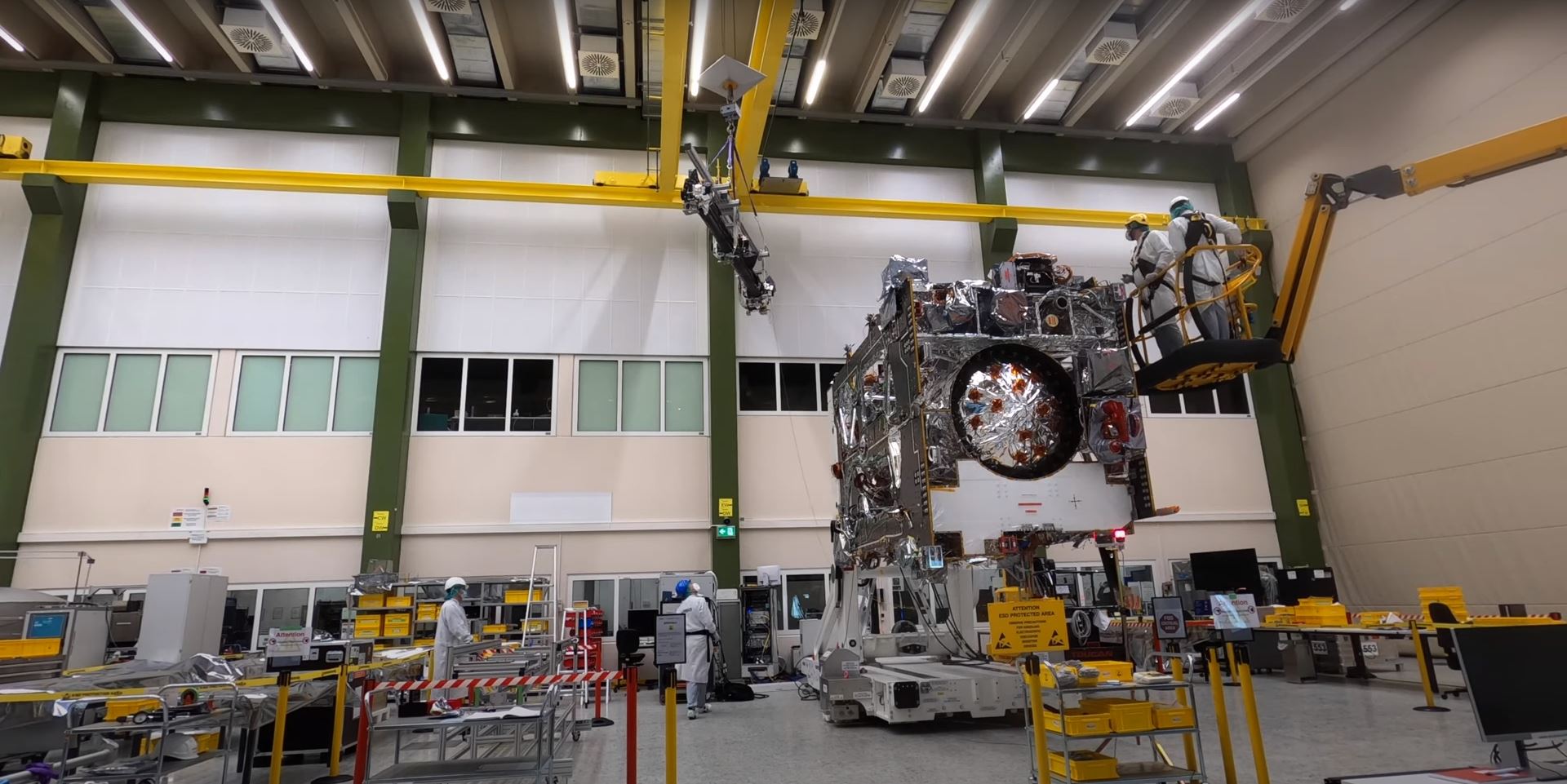
A FHP – Frezite High Performance participa no fabrico dos tubos em carbono que constituem a estrutura do refletor de grandes dimensões, suportada por um braço e com capacidade para voar, já na próxima missão Copernicus. Trata-se de uma estrutura desdobrável que pesa 42 quilos e mede cerca de seis metros desenvolvida – desde os materiais à engenharia – inteiramente por países europeus. Um investimento de meio milhão de euros com lançamento previsto para 2026. Em causa está a independência da Europa em termos de observação da Terra.

O revestimento multicamada (MLI) em que a FHP é especialista é uma eficiente proteção térmica no mercado da criogenia. O know-how adquirido pela empresa do Grupo FREZITE permite-lhe desenvolver soluções neste domínio que tem aplicações em indústrias muito diversificadas que vão da área médica ao setor dos transportes. É a FHP a crescer…
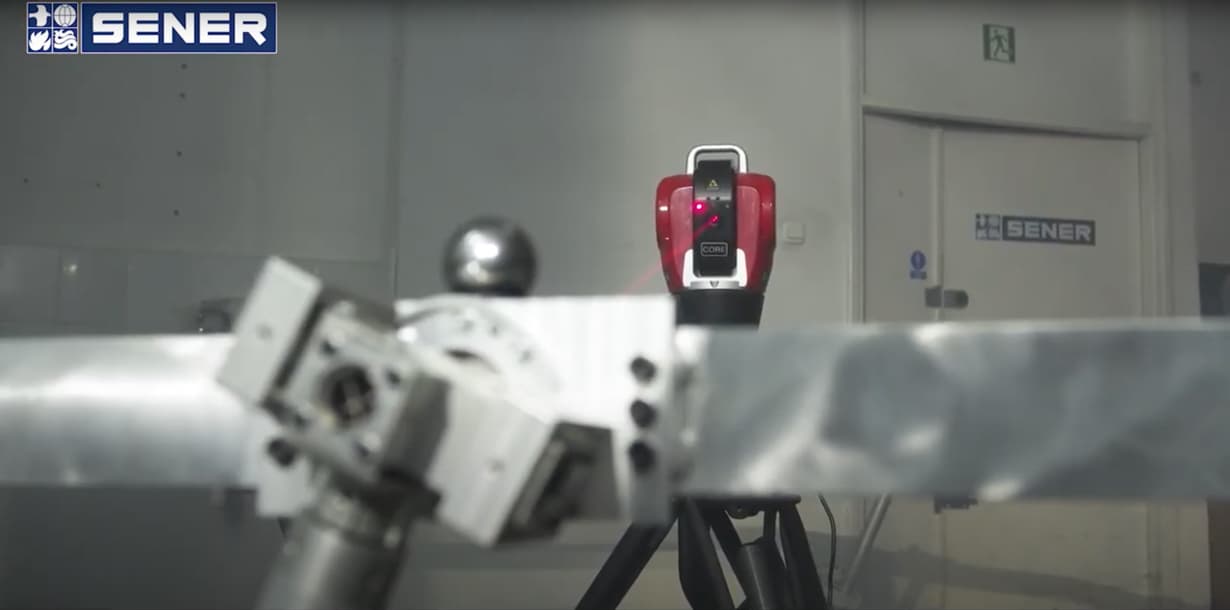
JUICE (Jupiter Icy Moons Explorer) is one of the major scientific missions of the European Space Agency's Cosmic Vision programme. The satellite, to be launched in 2022, is expected to reach Jupiter after a long gravity-assisted journey around Venus, Earth and Mars. The built-in multi-layer-coated antenna (MLI) produced by FHP should provide two-way communications between the JUICE satellite and Earth to analyse the atmospheres and gravitational fields of the planet and several of its moons. Another relevant FHP participation in the exploration of the planet Jupiter! Watch a video of the functional tests here:

FHP is working on the definition, identification, studies and development of structural insulation - thermal and acoustic - for the elements that make up FLY.PT's modular air transport solution. This involves the combination of an autonomous electric vehicle (AEV) with an autonomous aerial vehicle (UAV or drone), by coupling/uncoupling a cabin for two to four people or two people with luggage. It makes FHP an active partner at the forefront of e-mobility solutions.
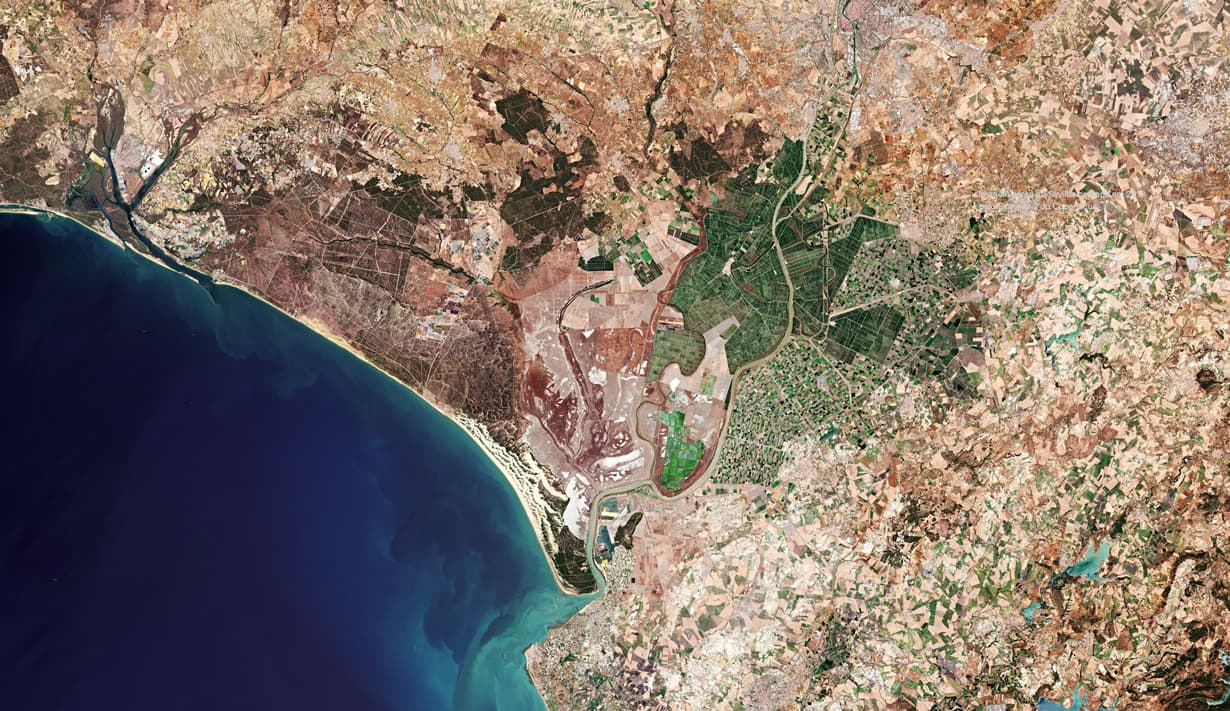
FHP will participate in the manufacture of new satellites for the European programme Copernicus whose objective is to put at least 12 more satellites in orbit for better Earth observation. FREZITE heads a list of four Portuguese companies and one institute involved in a 10 million euro funded contract under ESA - European Space Agency.

In these photos and video we can see the participation of FHP - Frezite High Performance in the Spanish Optical Telescope that is in the International Space Station. Note that FHP provided the MLI (multilayer insulation), a thermal insulator that is often used in space vehicles showing next to the astronaut in the image transmitted by NASA. It is special!


As part of the Atena project, CEiiA (Centre of Excellence for Automotive Industry Innovation) is involved in the production of a prototype ventilator and has FHP as its supplier. The goal is to leverage the production of fans to combat the Covid-19 virus in Portugal.
By the end of April CEiiA is expected to produce 100 ventilators and it is estimated to produce a few thousand in the coming months.
Photo: Pedro Granadeiro/Global Imagens
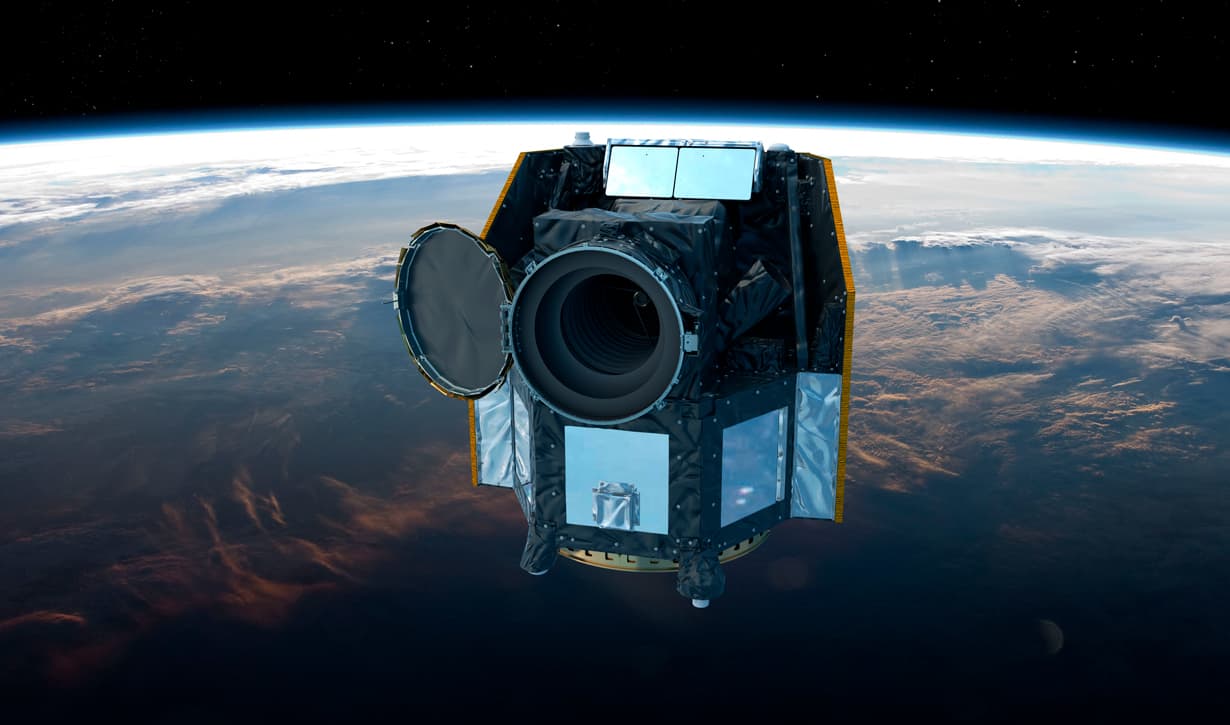
The CHEOPS (CHaracterising ExOPlanets Satellite) space telescope, which involved FHP in the development and manufacture of its thermal protection, revealed its first image of space. Launched in December and led by the European Space Agency (ESA), it has the unique ability to accurately determine the size of exoplanets in the range between the Super Lands and the Neptunnes, representing the outcome of 10 years of work and investment.
Image credits: ESA/ATG Medialab
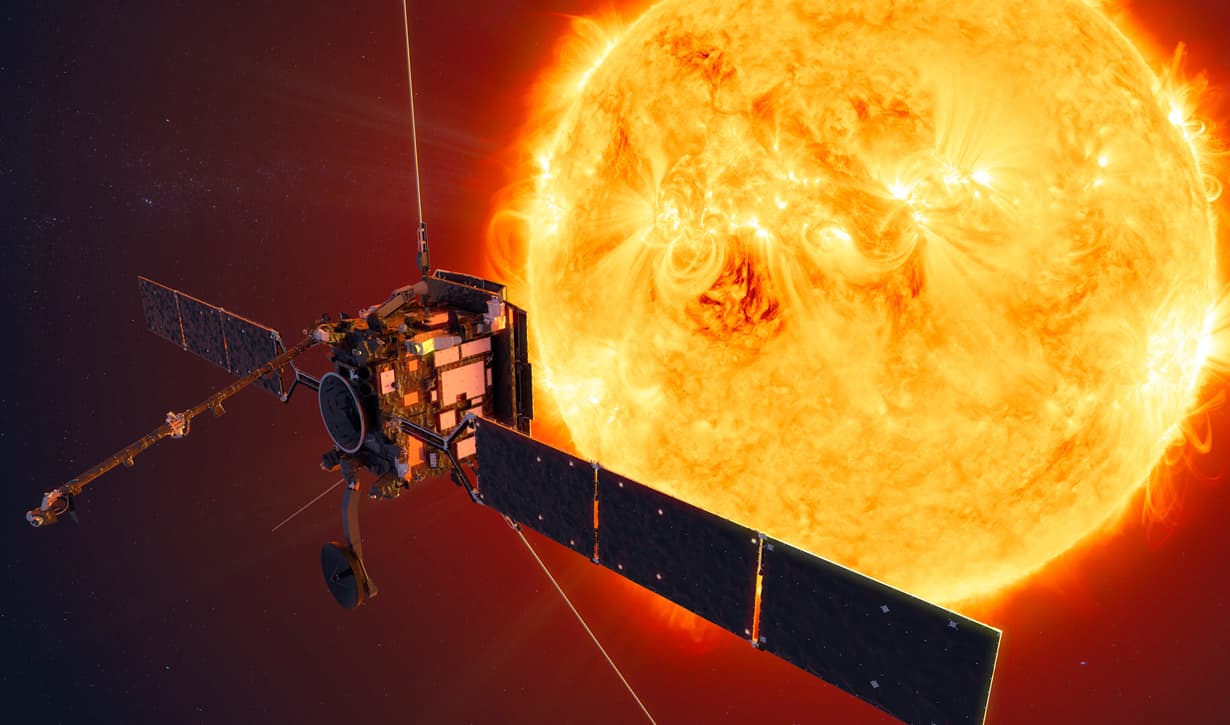
On February 10th, was launched the Solar Orbiter, an artificial solar observation satellite dedicated to solar and heliospheric physics developed by the European Space Agency.
The probe developed with NASA support, was launched from the Kennedy Space Center in the United States of America (USA) and its mission is to collect information about the Sun's poles.
This project counted with the FHP participation in the development of multilayers isolations (MLIs) for the thermal dummies.
The Orbiter Solar Probe is already in space and has Portuguese technology incorporated.
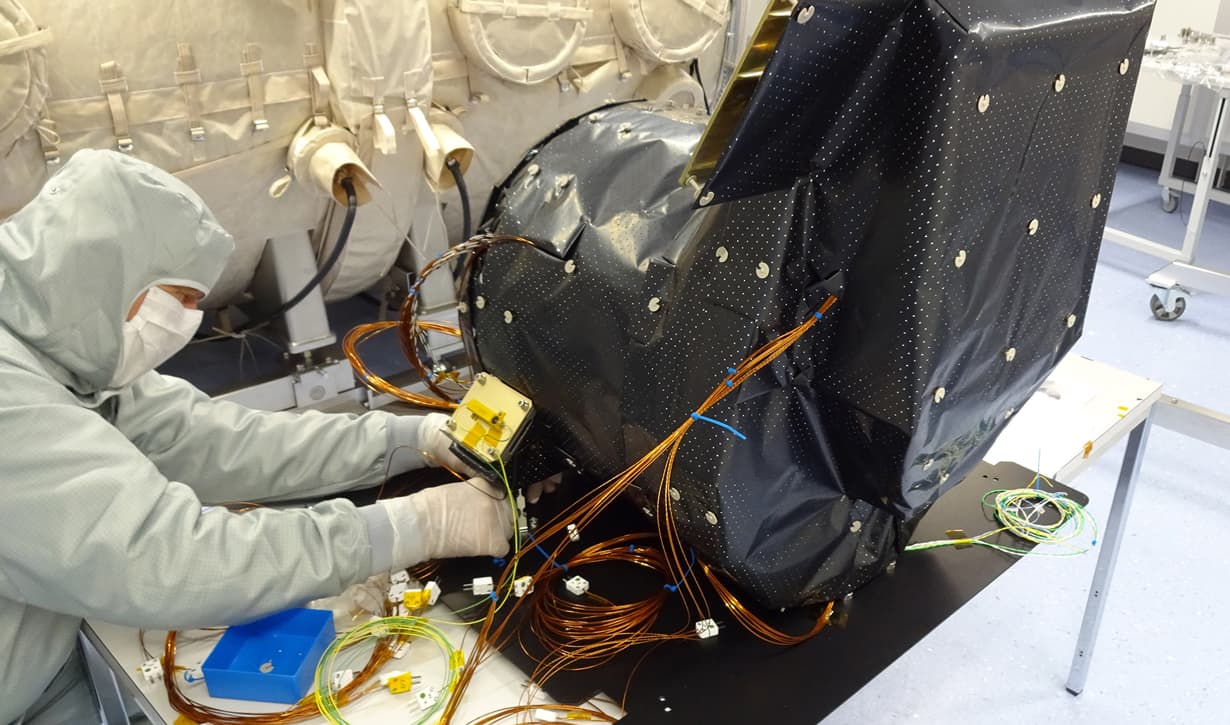
The MLI blankets have been manufactured in FHP’s cleanroom in Porto and assembled at Uni Bern (https://cheops.unibe.ch/).
CHEOPS is scheduled to launch on a Soyuz-Fregat rocket from Europe’s Spaceport in Kourou, French Guiana at 09:54 CET on 17 December 2019 and, could be followed here https://esawebtv.esa.int/.
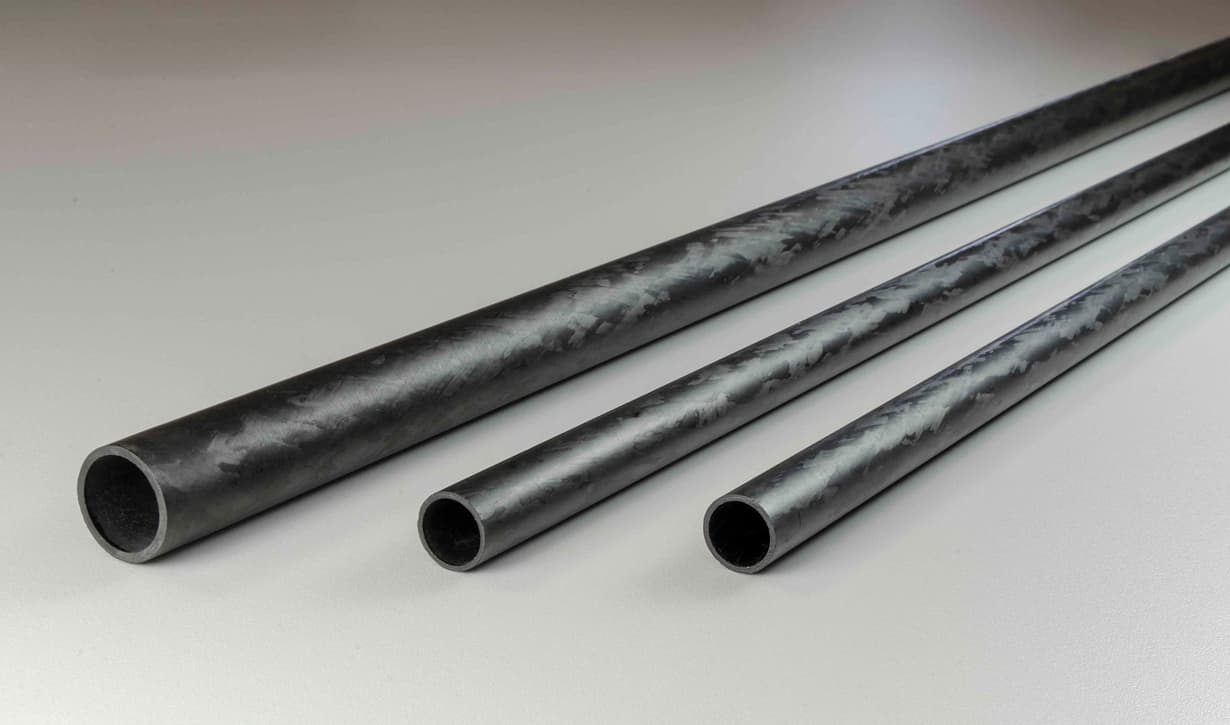
This is an important milestone since these are the first set of tubes produced by FHP and should be the start of a business area considered strategic for the Company future.
FHP is also expected to send a total of 120 tubes to the customer by the end of the year, thereby ending its participation in the LEA project and gaining structure to provide tubes in ESA future missions.
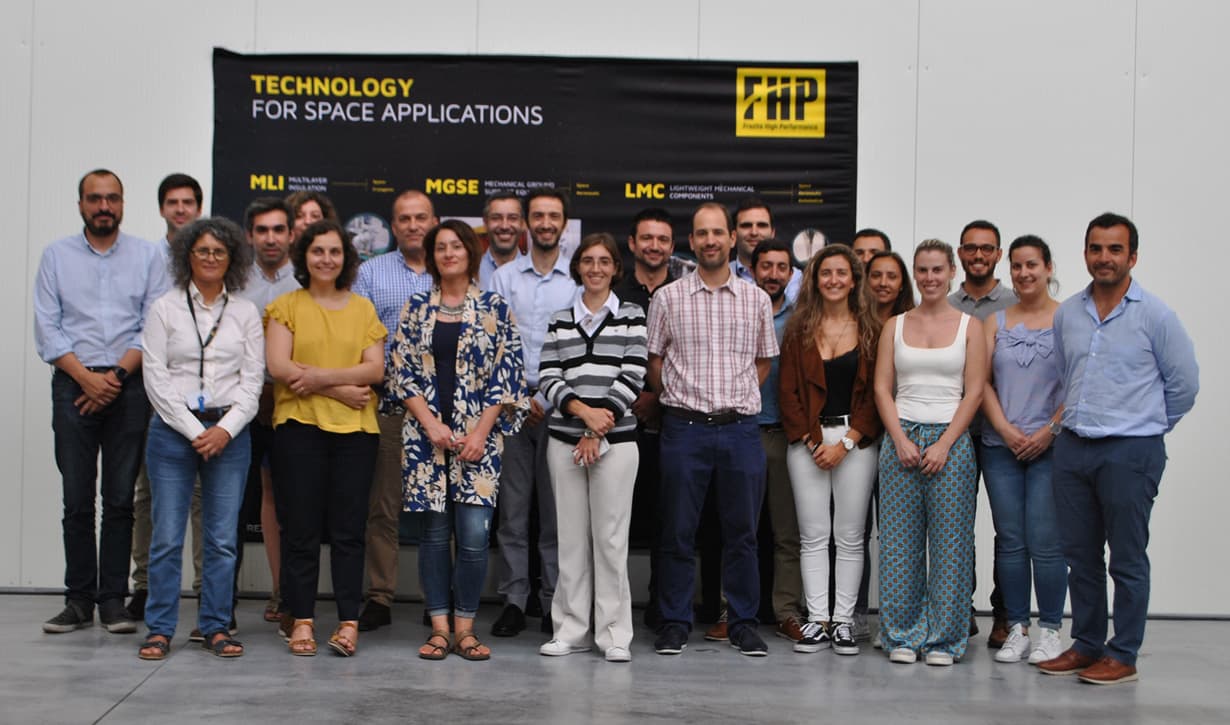


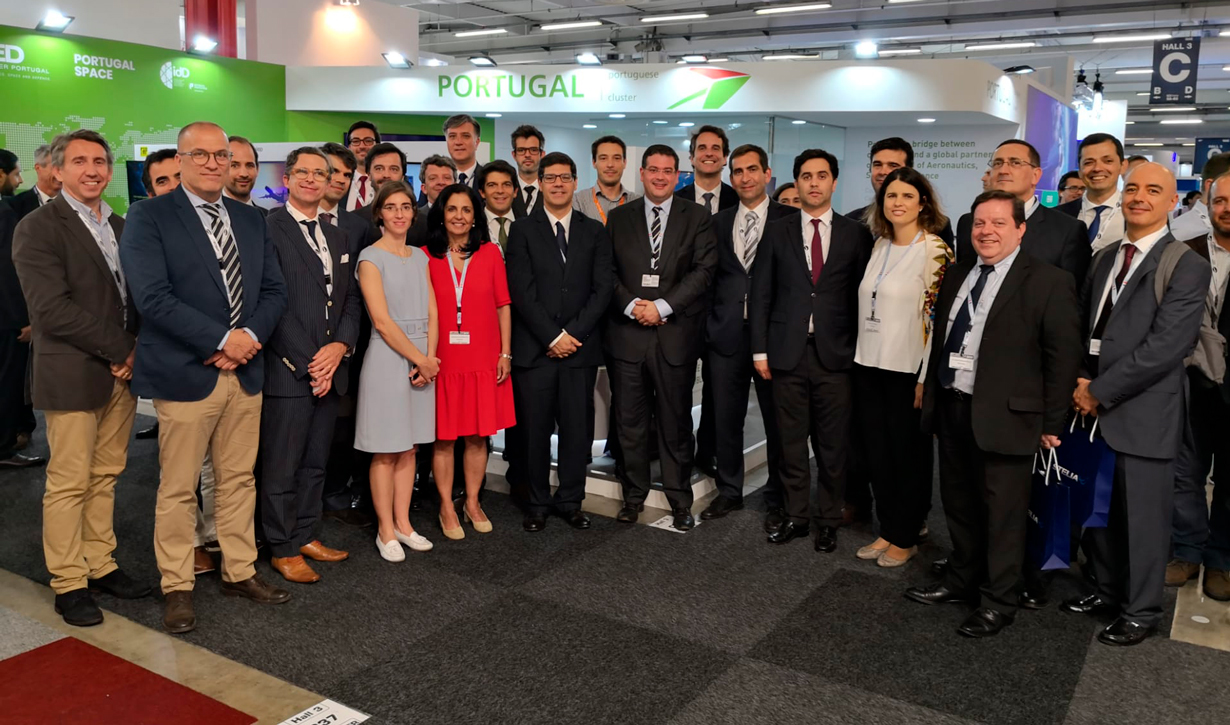


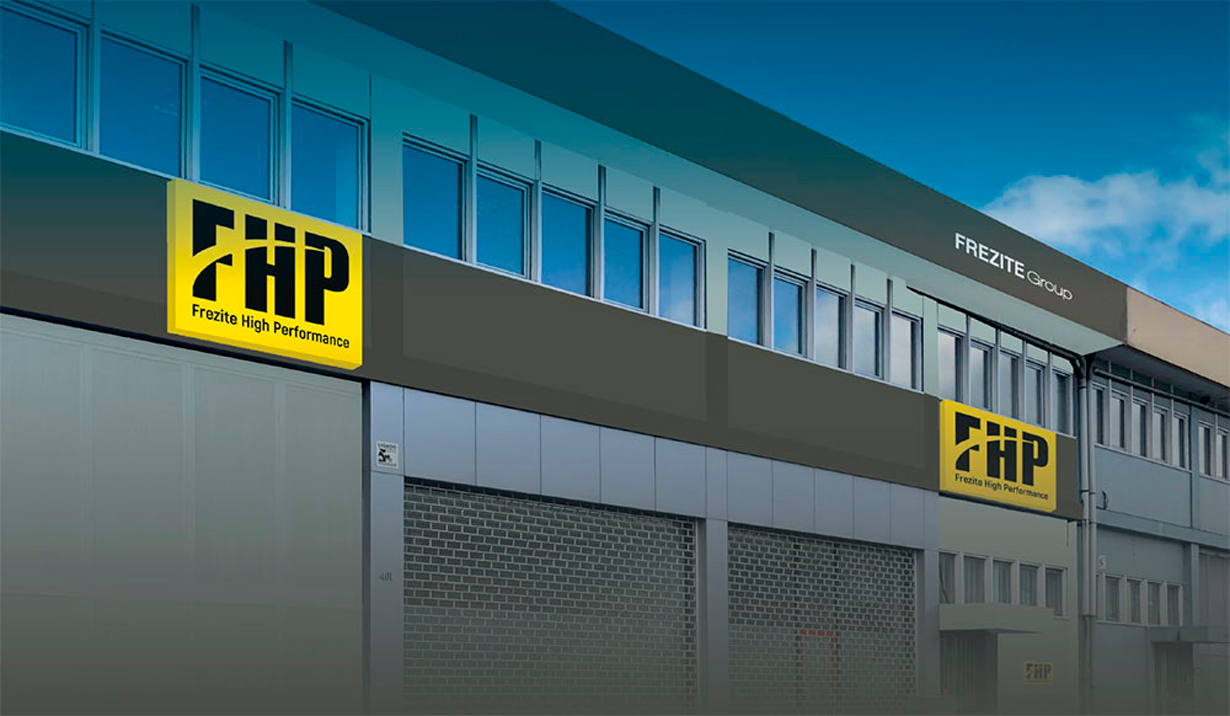
Re-installed in the Porto Business area, in facilities appropriate to the company's objectives, FHP - Frezite High Performance aims to expand its business portfolio and leverage some of its advanced engineering technologies. Betting on new and bigger challenges, the company seeks to serve the markets: space, aeronautics, automotive and cryogenics. To boost this expansion, the FREZITE Group plans to invest one million euros this year in production and test equipment’s.


